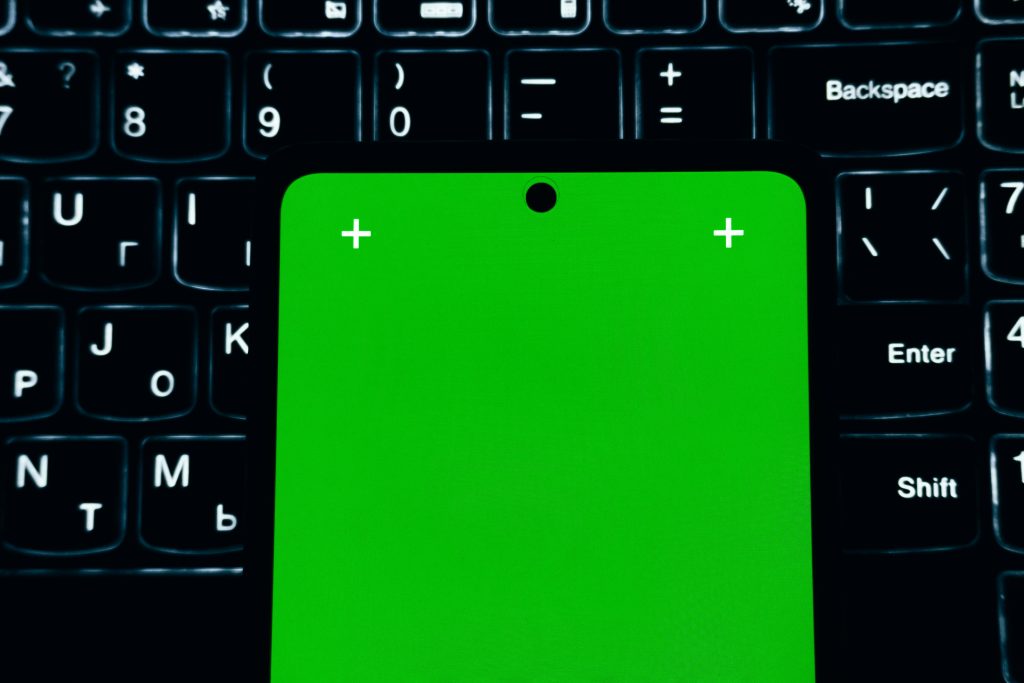Understanding Why Disconnecting Your Laptop Battery Can Fix Startup Issues
Every laptop user dreads the moment their device becomes unresponsive, and I recently found myself in that very situation. This morning, I woke up to my laptop behaving like an inanimate object—a true tech nightmare. With important files that I hadn’t yet backed up, frustration quickly set in as I tried to restore life to my machine.
Initially, I unplugged the charger, held down the power button for a minute and a half, and also pressed the reset button for over ten seconds. In an effort to troubleshoot, I even opened up my laptop to check for any visible signs of damage like burn marks or liquid spills, but everything seemed fine. Despite the laptop being plugged in overnight, the LED indicator would respond, but pressing the power button yielded no results. It was as if the battery was completely dead, which made no sense given that it was charged.
After some additional research, I opted to take a more drastic step: I completely disconnected the battery. I waited a few minutes and then reconnected it. This time, when I held down the reset button, a tiny light flickered on—something that hadn’t happened during my earlier attempts. To my immense relief, my laptop began to boot up.
This experience left me curious about why disconnecting the battery worked when other methods failed. So, what’s the science behind this seemingly simple fix?
The Science Explained
When you disconnect the battery from a laptop, you effectively reset the hardware components and clear out any residual power or faulty data that might be causing the device to malfunction. This is akin to performing a hard reset. Holding down the power button or reset button can sometimes fail to fully disengage internal components, especially if there’s a transient error or software glitch influencing the startup sequence.
By removing the battery completely, you allow the system to power down entirely. This action can resolve lingering states that otherwise prevent your laptop from functioning correctly. It clears any erroneous states or shorts that may have accumulated over time, thereby enabling the hardware to start fresh upon reconnection.
Final Thoughts
Dealing with a non-responsive laptop can be exceptionally nerve-wracking, especially when critical files are at stake. However, my experience serves as a reminder of the troubleshooting techniques available to us. Disconnecting the battery may seem like a last resort, but in my case, it was the key to restoring my laptop. So, if you find yourself facing a similar tech
Share this content:




Thank you for sharing your detailed experience. Disconnecting the battery effectively performs a hardware reset by removing all residual power and resetting the internal components. Holding down the power or reset button primarily discharges capacitors temporarily, but it may not fully reset the hardware state if the internal firmware or circuitry is holding onto certain states or voltages. Removing the battery physically disconnects power entirely, allowing the system to clear any frozen or erroneous states that could prevent proper startup.
Keep in mind, however, that working with laptop batteries can be risky if you’re not familiar with the hardware, especially in models with non-removable batteries. Always refer to your device’s maintenance manual or consult with a certified technician before attempting manual disassembly or battery removal.
If recurring issues persist, consider checking for firmware updates, BIOS recovery procedures, or hardware diagnostics to identify underlying hardware faults. Additionally, resetting the BIOS/UEFI settings or updating device drivers may resolve certain startup problems that mimic hardware reset issues.
Should you experience frequent unresponsiveness, it might be beneficial to explore more advanced troubleshooting steps or contact the device manufacturer or a professional support service for further diagnosis.